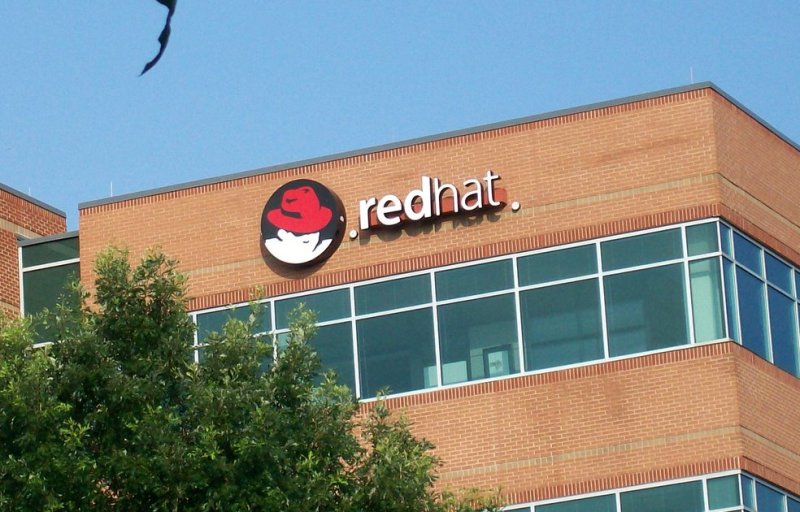Red Hat, Inc. (NYSE: RHT), the world’s leading provider of open source solutions, today announced that it is expanding its offerings on Amazon Web Services with the addition of Red Hat Enterprise MRG Grid via Red Hat Cloud Access.
Red Hat Cloud Access is a capability that enables Red Hat customers to move their subscriptions between traditional on-premise servers and off-premise clouds hosted by Red Hat Premier Certified Cloud Providers, such as Amazon Web Services. Red Hat initially extended its Red Hat Enterprise Linux subscriptions into the cloud with Red Hat Cloud Access in April 2010. Today, the company adds Red Hat Enterprise MRG Grid subscriptions as the second product able to take advantage of the Red Hat Cloud Access program. This results in improved deployment portability, easier subscription management and cost advantages for deploying in the cloud.
Red Hat Enterprise MRG incorporates Messaging, Realtime and Grid functionality that offers improved performance, response time and compute grid management. Enterprise MRG’s Grid technology provides a highly scalable and manageable platform for High Throughput Computing (HTC) and High Performance Computing (HPC) environments, and includes the ability to schedule to local grids, remote grids, virtual machines and rented cloud infrastructure. At its launch in 2008, Enterprise MRG was the first HPC product that could integrate with private virtualization and public clouds.
Red Hat Enterprise MRG Grid was recently extended to Amazon Web Services via DevPay, allowing customers to build hybrid clouds or use Enterprise MRG in the cloud for managing traffic and on-demand HPC capabilities. Now, with Cloud Access, customers can use their Red Hat subscription for Enterprise MRG in Amazon Web Services deployments. As a Red Hat Certified Cloud Provider, Amazon Web Services allows customers to use the same images both on-premise and in-cloud, through an in-cloud update service provided by Red Hat. Errata and updates are made available through the in-cloud service, so customers on a Red Hat Certified Public Cloud that are Cloud Access-enabled have confidence that they have up-to-date images. With this, users can manage and update thousands of servers with ease. A primary benefit of Red Hat’s approach to cloud computing is that it is built on standardized open source technology, providing a consistent application platform across physical, virtualized and cloud environments. This gives customers the flexibility to adapt to new computing models as their business needs dictate, simply and cost effectively, while also eliminating the vendor lock-in associated with other cloud computing solutions.
“Red Hat Cloud Access allows our customers to benefit from the valuable support they receive directly from Red Hat experts through their Red Hat subscription, while also allowing them to take advantage of the benefits of deploying in a certified public cloud,” said Scott Crenshaw, vice president and general manager, Cloud Business Unit at Red Hat. “This level of flexibility gives enterprises the ability to bring their infrastructure to the cloud more easily and now encompasses both our Red Hat Enterprise Linux operating system and Red Hat Enterprise MRG Grid technologies, offering more choice for public clouds.”
“Our continued relationship with Red Hat demonstrates collaboration focused on providing on-demand, pay-as-you-go cloud solutions for our existing and future customers,” said Terry Wise, director of Business Development at Amazon Web Services. “We started with support for Red Hat Cloud Access capabilities with Red Hat Enterprise Linux and are excited that our customers can now take advantage of Red Hat Enterprise MRG Grid via Cloud Access.”
Red Hat Enterprise MRG Grid is globally available for Amazon Elastic Compute Cloud (EC2) today.
